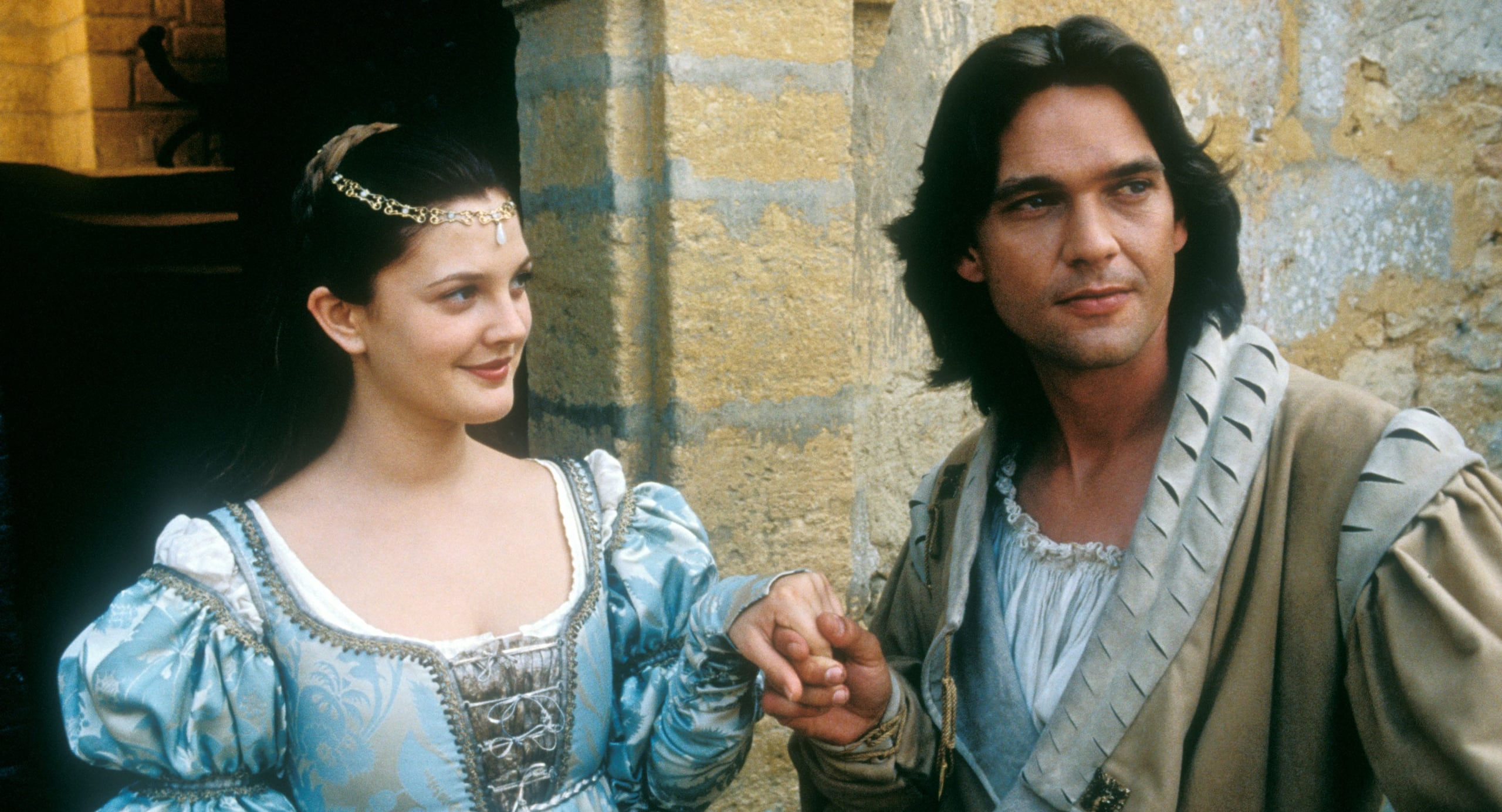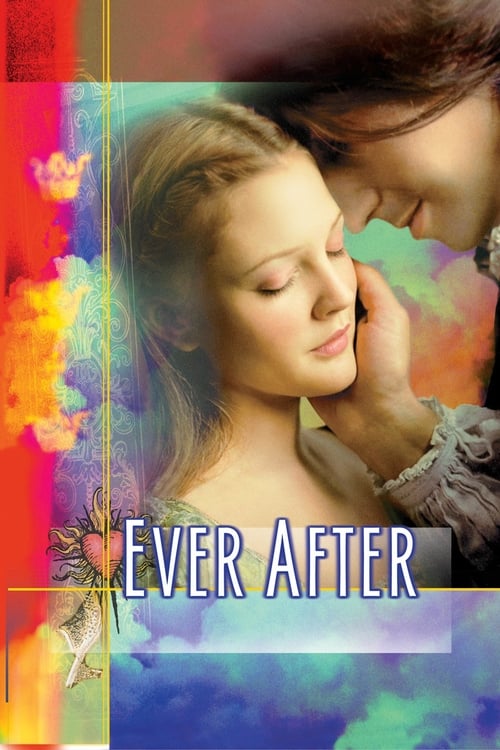Ever After – Film Review
Published February 16, 2024

Ever After: A Cinderella Story, released in 1998, breathes new life into the classic Cinderella fairy tale with a touch of historical fiction and a robust feminist flair. Directed by Andy Tennant and led by the ever-graceful Drew Barrymore, the film presents itself as more than just another reiteration of a worn-out story; it innovates, challenges, and ultimately delivers a captivating cinematic experience. Numerous elements make Ever After a notable standout, despite a few hitches along the way.
Set in the lush landscapes of 16th century France, Ever After takes an alternative route by grounding its story in a somewhat historical context. The filmmakers carefully blend fairy tale elements with real-world settings, adding a layer of authenticity often missing from such tales. This setting provides not only a gorgeous backdrop, courtesy of the breathtaking cinematography but also enriches the narrative, making the implausible feel possible.
The storyline closely follows that of the traditional Cinderella tale but with notable deviations that set it apart. Danielle de Barbarac, portrayed with an unmatched fervor by Barrymore, is a young woman of intellect, wit, and a fierce independent spirit, far removed from the passive heroines typically found in fairy tales. After the death of her beloved father, she finds herself at the mercy of her wicked stepmother, Rodmilla (Anjelica Huston in a deliciously malevolent role), and her two stepsisters. The narrative cleverly integrates historical figures, most notably Leonardo da Vinci (played by Patrick Godfrey), serving not only as the story’s conscience but also as an inventive substitute for the fairy godmother, which is a testament to the film’s creative liberties.
The casting of Ever After is one of its brightest stars. Barrymore brings Danielle to life with a balanced mixture of vulnerability and strength, creating a character that is both relatable and aspirational. The chemistry between Barrymore and Dougray Scott, who plays Prince Henry, is palpable, making their unconventional romance the beating heart of the film. Scott’s portrayal of Prince Henry defies the typical charming archetype, presenting a character with depth, complexity, and genuine growth. Anjelica Huston’s performance as the stepmother is particularly noteworthy, striking a perfect balance between cruelty and sophistication, making her a formidable antagonist.
The screenplay, co-written by Susannah Grant, Andy Tennant, and Rick Parks, shines in its dialogue, humor, and emotional depth, effectively modernizing the age-old tale while remaining true to its core. The film is adept at weaving themes of social class, gender equality, and personal freedom into its narrative, encouraging viewers to reflect on these issues without feeling preached to. The use of historical elements and figures to drive these themes home is both inventive and engaging.
On the technical front, Ever After excels with its sumptuous production design and costume work, which not only enchant the viewer but also meticulously reflect the period setting. The film’s musical score, composed by George Fenton, perfectly complements the narrative, enhancing both the romantic and dramatic moments without ever overwhelming them.
Despite these many strengths, Ever After is not without its flaws. At times, the pacing suffers, particularly in the middle section, where the film seems to meander, losing some of the momentum built up in its compelling start. Additionally, some of the secondary characters feel underdeveloped, particularly the stepsisters, who are given less dimension compared to their counterparts in other adaptations. These shortcomings, however, are minor when viewed in the context of the film’s overall achievement.
Perhaps the most laudable aspect of Ever After is its feminist undertones. Unlike many of its predecessors, this film does not rely on the notion of a damsel in distress being saved by a prince. Instead, Danielle is depicted as a heroine capable of saving herself and even the prince on occasion. This portrayal of a self-reliant, strong female protagonist was relatively groundbreaking at the time and remains empowering to watch.
Ever After is a film that delights, surprises, and transcends the typical confines of its genre. By blending historical fiction with a well-known fairy tale, it offers viewers a fresh and engaging experience. With its stunning performances, particularly from Drew Barrymore and Anjelica Huston, along with its clever script and beautiful production values, the film secures its place as a beloved reimagining of Cinderella. Despite its few pacing and character development issues, Ever After remains a vibrant testament to the enduring power of storytelling, capable of inspiring audiences with its message of resilience, empowerment, and love. In essence, it is a modern classic that has aged gracefully, inviting viewers to believe in the magic of stories, even in the absence of fairy godmothers and magic wands.
